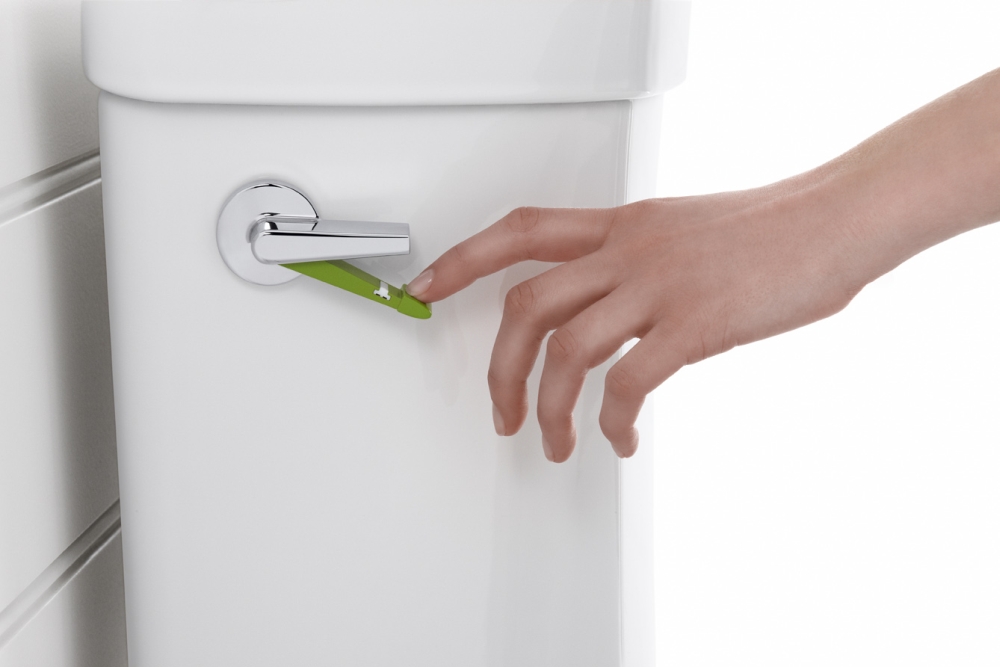Go With The (Low) Flo
Don’t flush your hard-earned money down the drain when you can save up to 125 litres of water every day by installing an ultra low flush (ULF) toilet. Older toilets can use up to 13 litres of water with a single flush. ULF models by comparison, use 50% to 80% less water per flush, and that translates into savings for you and the environment.
 When shopping for toilets, look for models with a high Maximum Performance (MaP) score, which indicates flushing performance. The higher the score, the more grams of waste the toilet can remove in a single flush. The minimum standard is 250 g, but the higher the rating, the better.
When shopping for toilets, look for models with a high Maximum Performance (MaP) score, which indicates flushing performance. The higher the score, the more grams of waste the toilet can remove in a single flush. The minimum standard is 250 g, but the higher the rating, the better.
Some other features to consider when toilet shopping include:
Bowl surface – The larger the bowl surface, the easier it is to keep clean.
Dual Flush – This feature allows a half flush for liquid waste as well as a regular flush.
Tank – Look for a lined tank that won’t sweat.
Footprint – The space the pedestal takes up on the floor should be similiar to the existing toilet to avoid having to retile.
Trap – The larger the trap, the less likely it is to become clogged.
Once your new toilet is installed, keep it operating efficiently. A toilet that runs after it is flushed can waste enough water in a year to fill a large inground swimming pool. Have it repaired promptly.
To check if your toilet is leaking, put a few drops of food colouring in the tank and wait 15 minutes. If the coloured water shows up in the bowl without flushing, you have a leak. Have it repaired immediately to save up to 45 litres of water an hour.
Courtesy: Homeservice Club
